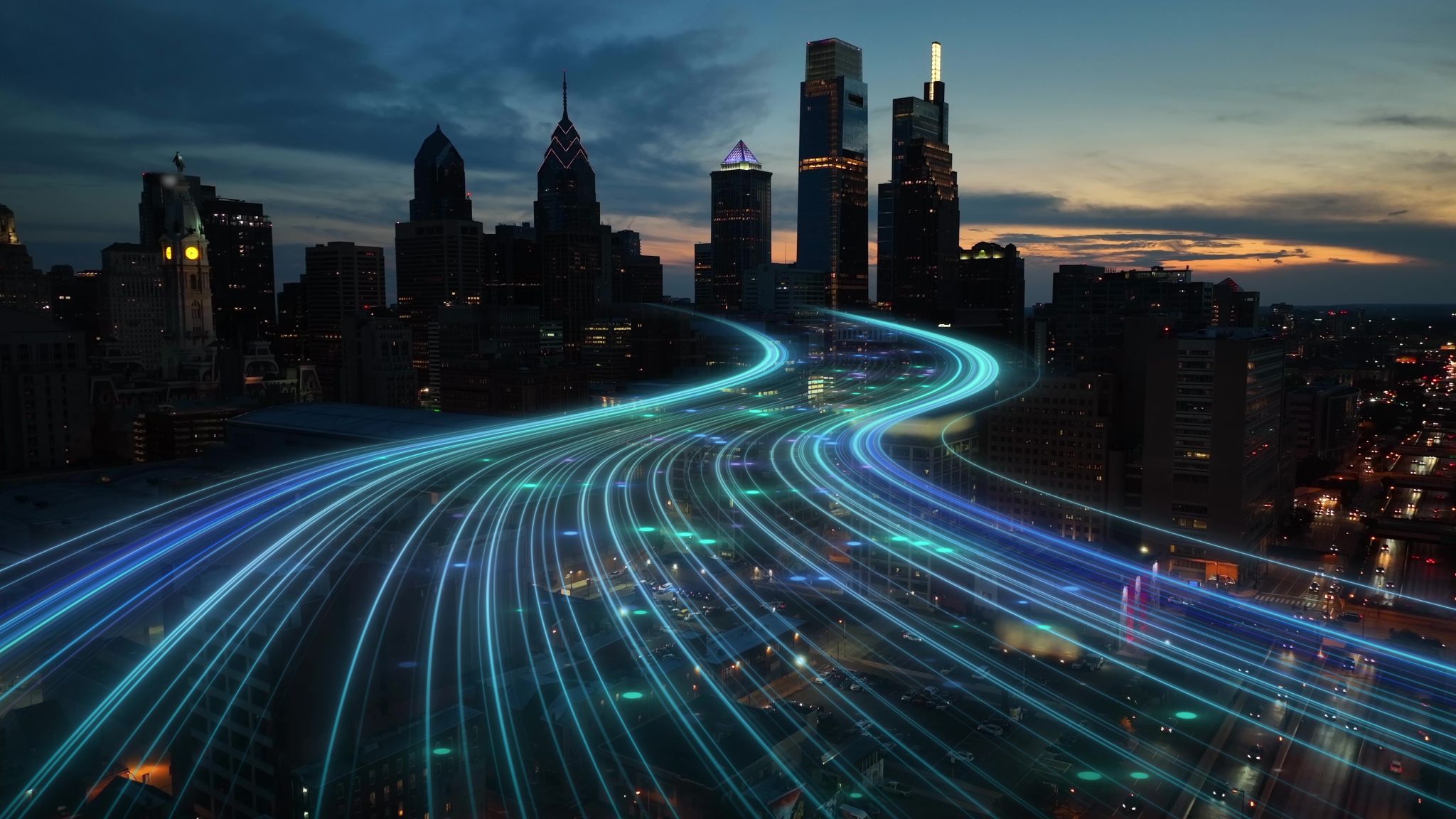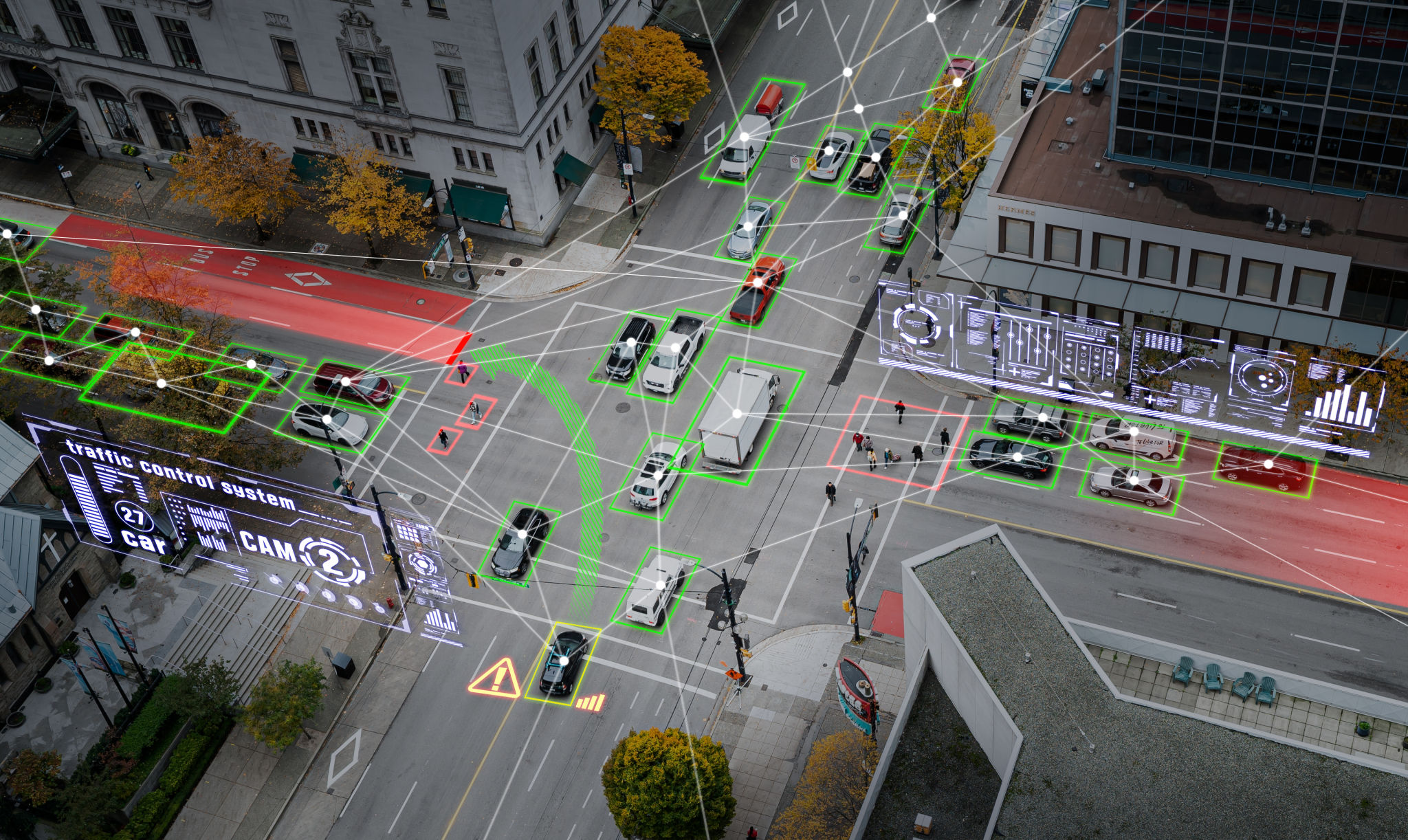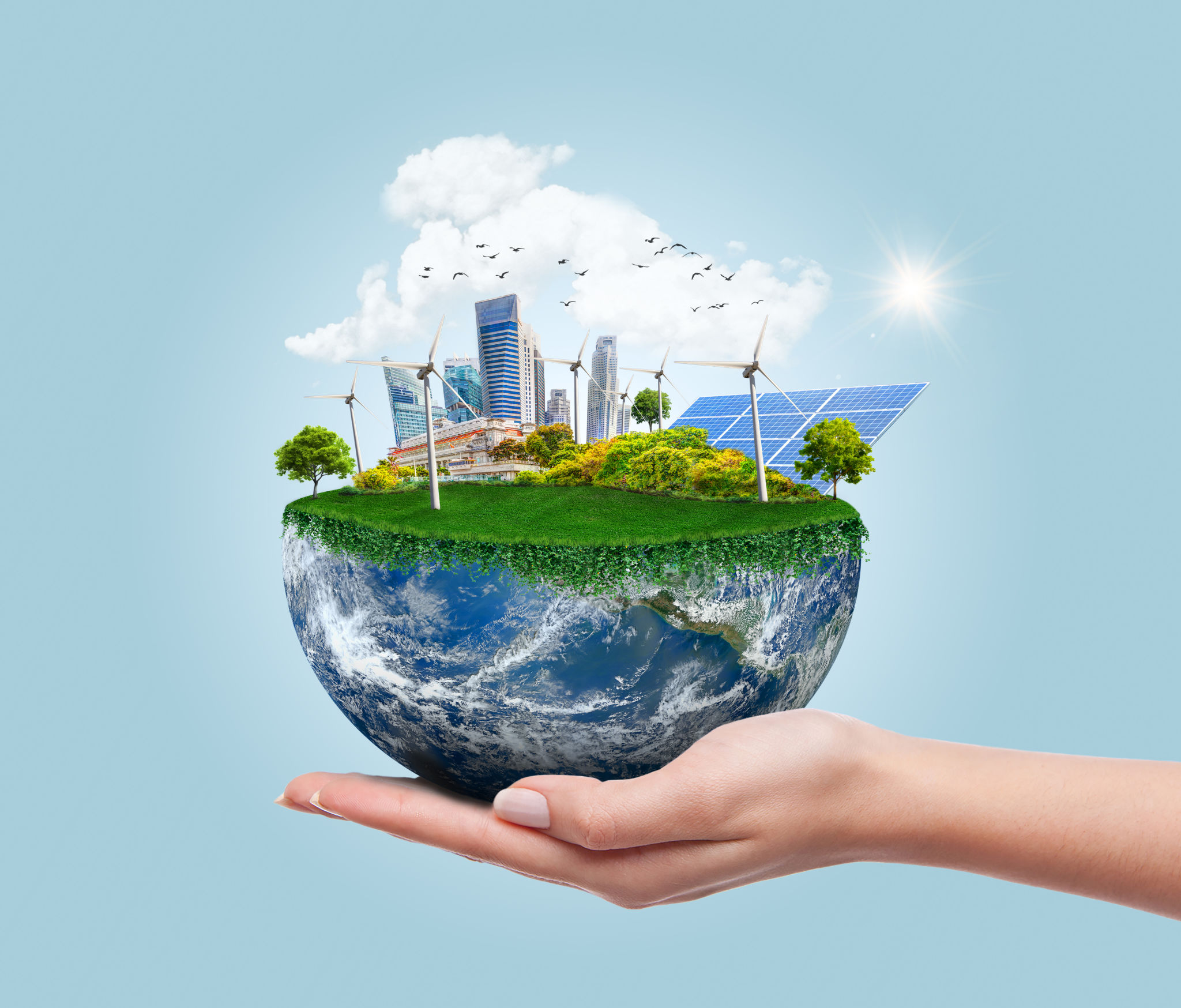The Future of Smart Cities: Innovations and Trends
Introduction to Smart Cities
The concept of smart cities has evolved significantly over the past decade, driven by rapid advancements in technology and an increasing focus on sustainability. At their core, smart cities leverage cutting-edge technologies to enhance urban living, improve efficiency, and foster sustainable development. As urban populations continue to grow, the role of smart cities becomes ever more crucial in addressing the challenges of modern living.

Technological Innovations Leading the Way
The backbone of any smart city is its robust technological infrastructure. Key innovations include the Internet of Things (IoT), artificial intelligence (AI), and 5G connectivity. These technologies enable real-time data collection and analysis, which can be used to optimize city operations, from traffic management to energy consumption.
IoT devices, such as sensors and connected cameras, are deployed throughout cities to monitor various parameters, including air quality, traffic flow, and resource usage. AI algorithms then process this data to provide actionable insights, helping city planners make informed decisions. The widespread adoption of 5G networks further enhances these capabilities by providing high-speed, low-latency connectivity that supports a vast number of connected devices.
Transportation Revolution
One of the most visible impacts of smart city technology is in the realm of transportation. Autonomous vehicles, smart traffic lights, and real-time public transit updates are transforming how people move through urban environments. These advancements not only reduce congestion but also minimize pollution and enhance safety.

Focus on Sustainability
Sustainability is a central tenet of smart city initiatives. By integrating renewable energy sources, such as solar and wind power, cities can reduce their carbon footprint and promote environmental health. Smart grids play a crucial role in this transition by efficiently managing energy distribution and consumption.
Moreover, green infrastructure projects like vertical gardens and green roofs help combat urban heat islands and improve air quality. These initiatives are complemented by sustainable waste management systems that utilize AI-driven sorting and recycling processes to minimize landfill waste.

Civic Engagement and Governance
Smart cities are not just about technology; they also prioritize citizen engagement and transparent governance. Digital platforms enable residents to access city services easily, report issues, and participate in decision-making processes. This fosters a sense of community and ensures that urban development aligns with the needs of its inhabitants.
Additionally, open data initiatives empower citizens by providing access to information about city operations and performance metrics. This transparency builds trust between the public and local governments while encouraging innovation and collaboration.
The Challenges Ahead
Despite the promising potential of smart cities, several challenges must be addressed to ensure their success. Privacy concerns arise as cities collect vast amounts of data from residents, necessitating stringent security measures and data protection policies.
Furthermore, the digital divide remains a significant barrier to equitable access to smart city benefits. Ensuring that all citizens can utilize these technologies requires investment in digital literacy programs and affordable internet access for underserved communities.

The Road to the Future
The future of smart cities depends on continued innovation and collaboration among governments, businesses, and citizens. As we look ahead, it's essential to strike a balance between leveraging technology for efficiency and maintaining a human-centered approach that prioritizes quality of life.
By addressing current challenges and embracing emerging trends, smart cities have the potential to create vibrant, sustainable urban environments that meet the diverse needs of their residents. The journey toward this future is ongoing, but the possibilities are endless.
